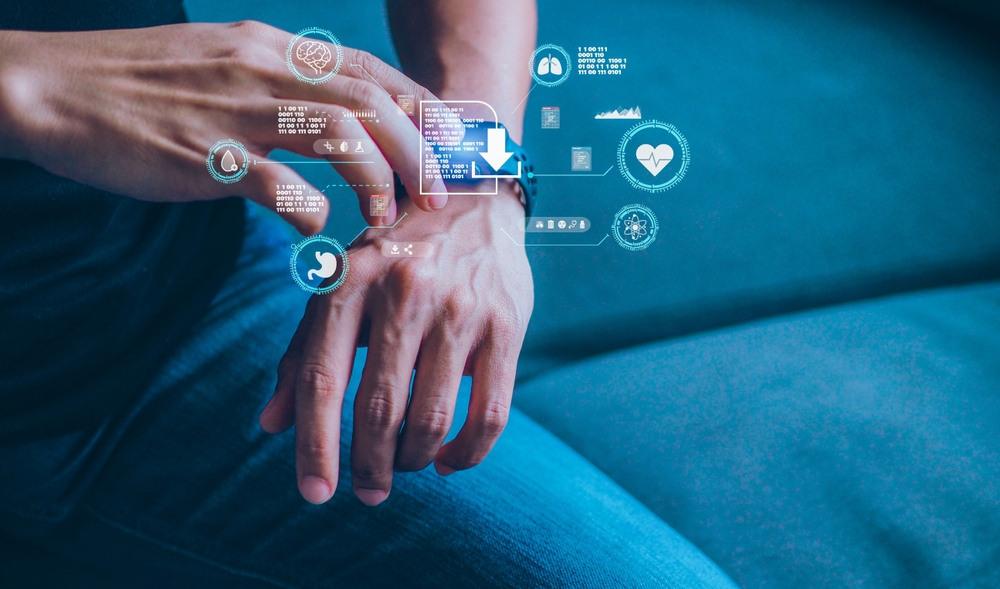The smartphone, once a revolutionary device, has become an undeniable extension of ourselves. But on the horizon, a new wave of technology threatens to disrupt this dominance: wearable AI. With advancements in miniaturization, battery efficiency, and AI development, smartwatches, glasses, and other wearables are becoming increasingly sophisticated. They blur the lines between convenience and necessity, prompting the question: will wearable AI eventually render smartphones obsolete?
The Rise of the Wrist Revolution
The rise of wearables can be attributed to several factors. First and foremost is convenience. Smartwatches offer effortless access to notifications, messages, and fitness tracking – all at a glance. Imagine being notified of an important text while on a run; a flick of your wrist lets you read it, eliminating the need to fumble for your phone tucked away in your armband. This ease of use makes wearables particularly attractive for busy individuals or those who prioritize staying active.
Secondly, AI development is pushing the boundaries of what wearables can do. AI-powered features like personalized health insights, voice assistants like Google Assistant and Siri, and proactive reminders are making wearables more intuitive and helpful. Imagine a smartwatch that analyzes your sleep patterns and suggests adjustments to your routine for better rest, or a pair of smart glasses that translates signs and menus in real-time during your travels.
The Battery Life Battleground
However, smartphones still hold a significant advantage: battery life. Current wearables often struggle to match the endurance of a smartphone. Ideally, a single charge should last a full day or longer. While advancements are being made in miniaturized, long-lasting batteries, wearables still require more frequent charging compared to smartphones.
Another factor to consider is screen size. While some smartwatches offer larger displays, they can’t compete with the expansive real estate of a smartphone screen. This is a significant drawback for tasks that require more visual focus, such as reading articles, editing photos, or gaming. For these activities, a smartphone remains the superior choice.
The Power of Pocket Power

Smartphones also boast superior processing power and camera capabilities. The latest smartphones come equipped with powerful chips that can handle demanding applications and games. Their cameras are capable of capturing stunning photos and high-resolution videos, making them indispensable tools for content creators and casual photographers alike. Wearables, on the other hand, are often limited in these areas.
The App Ecosystem Advantage
Smartphones benefit from a well-established app ecosystem. There’s an app for practically everything you can imagine, from social media and productivity tools to entertainment and navigation. Wearables, while offering a growing number of apps, still lag behind in terms of variety and functionality.
A Symbiotic Future
Despite the potential of wearables, it’s unlikely they will completely replace smartphones in the foreseeable future. A more probable scenario is a symbiotic coexistence between the two devices. Smartphones will likely remain the primary hub for processing power, complex tasks, and entertainment, while wearables will serve as convenient companions for staying informed, monitoring health, and interacting with the world in subtle, effortless ways.
The True Potential: Unlocking Wearables with AI
The true potential of wearables might be unlocked by the continued development of AI. Imagine a smartwatch that can anticipate your needs and proactively offer assistance. For example, an AI-powered wearable could sense you’re about to get lost and provide turn-by-turn navigation without you needing to take out your phone. AI could also analyze your health data in real-time and provide personalized recommendations for improving your well-being.
Security Concerns on the Horizon
With increased functionality comes the potential for security vulnerabilities. As wearables collect more personal data, from health metrics to location information, it becomes crucial to implement robust security measures to protect user privacy. AI development should prioritize privacy-preserving techniques, such as on-device processing and anonymized data collection, to ensure user trust.
Beyond the Wrist: The Future of Wearable Tech
The future of wearables might extend beyond wrist-bound devices. Imagine smart clothing embedded with sensors that track your health and fitness or augmented reality glasses that overlay information and graphics onto the real world. These advancements could usher in a new era of wearable tech that seamlessly integrates with our clothing and complements our personal style.
A Shift in Focus: From Screens to Subtle Interactions
While smartphones will likely remain essential tools for the foreseeable future, the rise of wearables signals a shift in focus. Our interaction with technology is becoming more subtle and integrated. Wearables prioritize convenience and proactive assistance, freeing us from the constant need to be glued to a screen. The future belongs to devices that complement our lives, not dictate them.
The Coming Wave: A Wearable World Order?
So, will wearable AI make smartphones extinct? It’s unlikely. Instead, we might be moving towards a world where our devices work together seamlessly. Smartphones will likely act as the processing powerhouses, while wearables provide a more discreet and convenient way to interact with the world around us. This wearable world order would prioritize efficiency and user experience. Imagine a morning routine where you don’t need a phone – your smart glasses display your schedule and weather update as you get dressed, while your smart ring unlocks your door and starts your coffee machine. Throughout the day, your AI-powered wearables handle notifications, calls, and payments with just a tap or voice command.
However, this future also raises questions.
The Social Dilemma: Privacy vs. Convenience
The constant data collection by wearables presents a social dilemma. While AI can offer personalized experiences, it also raises concerns about privacy and potential misuse of data. Finding the right balance between convenience and user privacy will be crucial. Ethical considerations regarding data ownership, transparency, and responsible AI development will need to be addressed to ensure user trust.
The Digital Divide: Accessibility in a Wearable World
The potential shift towards wearables also presents accessibility challenges. Not everyone can afford the latest smartwatches or augmented reality glasses. It’s important to ensure that wearable technology doesn’t exacerbate the digital divide. Affordable and accessible options must be developed to bridge the gap and ensure everyone can benefit from the advancements in wearable AI.
Can Wearables Replace Human Connection?
While wearables can be incredibly useful, they should not replace human connection. Face-to-face interaction and emotional intelligence are irreplaceable aspects of the human experience. Wearables should be tools that enhance our lives, not become a crutch that hinders our ability to connect with others on a deeper level.
Conclusion:
The rise of wearable AI marks a new chapter in our relationship with technology. While smartphones are unlikely to become obsolete entirely, they will likely share the spotlight with a new generation of intelligent wearables. The future holds immense potential for a wearable world that is seamless, efficient, and complements our lives. However, navigating the ethical considerations, ensuring accessibility, and maintaining a healthy balance with human connection will be crucial in creating a truly positive future for wearable AI.


